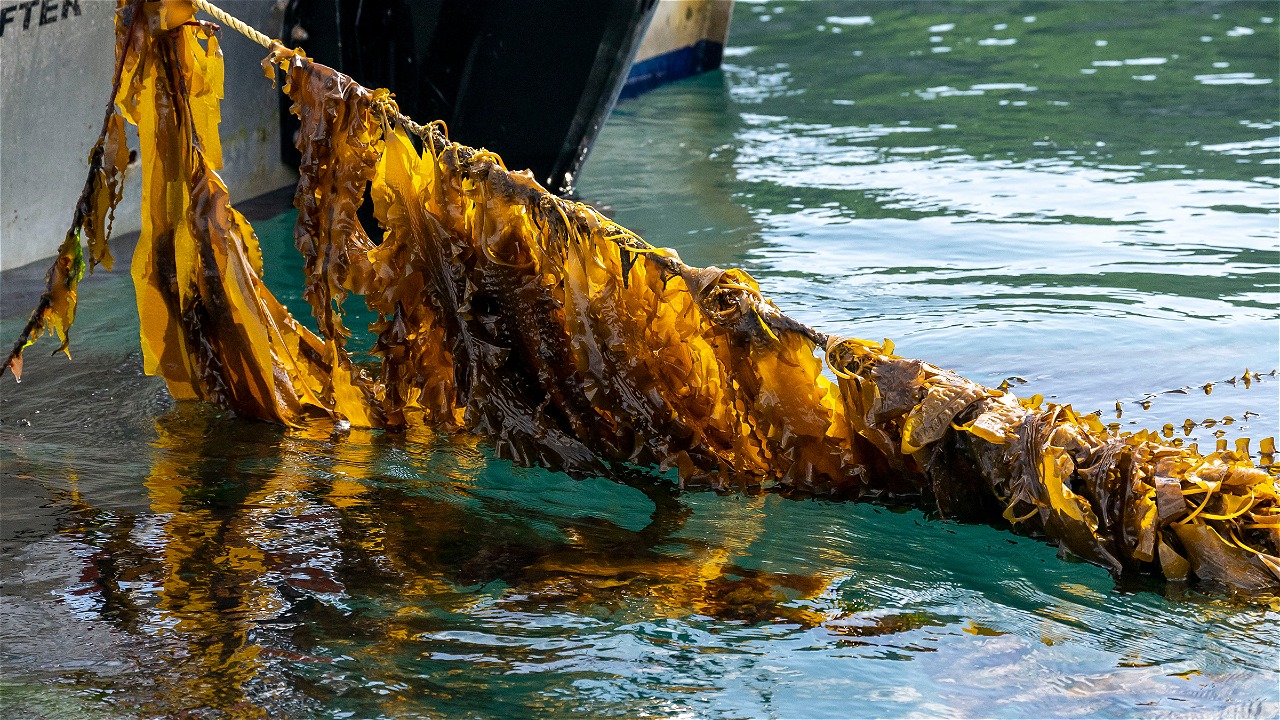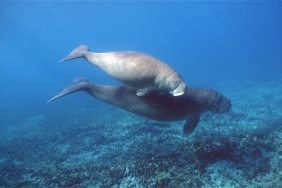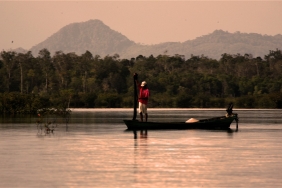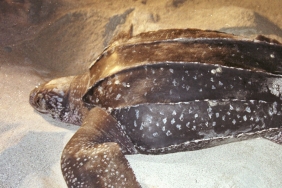GETTING TO KNOW KEI FROM NAI ISLAND AND THE POTENTIAL OF SEAWEED FARMING
Author: Muhammad Rukni Assegaf (University of Lampung student majoring in Aquaculture who conducted thesis research in Kei)
Seaweed farming has become one of the alternative livelihoods for people in Southeast Maluku since 2007 until now. However, challenges began to come with the emergence of ice-ice pests that attack seaweed. Coupled with the decline in seaweed prices to Rp7,000/kg, this has become a kind of blow that must be parried by farmers to continue to survive. Based on this, the right solution was sought through seaweed research aimed at finding out the growth of the best seaweed varieties and resistance to ice-ice disease.
The potential for seaweed (Eucheuma cottonii) cultivation development in Southeast Maluku Regency is very large because the area is surrounded by the sea and the water quality is good for seaweed growth. The currents in the waters of Southeast Maluku are not too strong so they do not make the seaweed easily dirty and broken. However, from my observations, the utilization of marine products in this district is still not optimal enough. Most of the existing potential is only used by fishermen for capture fisheries and there are still few who cultivate seaweed.
During my thesis research on Nai Island-one of the islands of the Small Kei Islands cluster in Southeast Maluku Regency-I saw that the problem with seaweed cultivation in the Kei Islands of Southeast Maluku is the repeated use of seaweed seeds. This causes the production of seaweed cultivation to be less than optimal so that the growth is slow and easily attacked by disease. Efforts made to increase the amount of seaweed production are to use quality seeds, namely tissue culture seeds. Seeds from tissue culture will accelerate growth and reduce disease attacks during seaweed cultivation.
Tissue culture seedlings themselves are seeds obtained from laboratory results by taking parts of seaweed with rapid growth and then reproduced. Therefore, tissue culture seedlings have a better growth rate compared to conventional seedlings - seeds passed down from previous seedlings. The use of appropriate construction also affects the level of seaweed production. The use of a framed long line construction or bantalan - as the people of the Kei Islands call it - was tested at the cultivation site and found to be suitable for the characteristics of the surrounding waters. The construction of the long line uses sturdy ropes so that the seaweed cultivated is not easily broken by the waves. The rope construction of this method is considered sturdy because the rope stretches in a rectangular shape with four main and two auxiliary anchors. The ropes for tying the seaweed are inside a rectangular rope frame so that the seedlings inside the frame tend to be cleaner from moss.
Seaweed cultivation with tissue culture is expected to grow and open business opportunities and absorb labor. For this reason, processed innovations need to be made so that the selling value of seaweed becomes higher. It is also expected that increased production can penetrate the export market.
There are not many people in Southeast Maluku who do seaweed cultivation activities, one of which is on Nai Island. This is because the price factor is quite cheap and pests that attack make people reluctant to continue cultivation activities. The lack of cultivators in Nai Island automatically makes seaweed production small so that the economy in the seaweed cultivation sector is less developed. The harvested seaweed is directly sold to collectors in the form of wet seaweed only with a price range of Rp6,000.00 - Rp7,000.00 per kg.
The community's acceptance of my arrival and participation as a student to develop seaweed cultivation was very good. In the beginning, only a few people were doing the cultivation activities, but after the arrival of the students, the community became more motivated to improve the economy in the seaweed sector. The community helped during the construction of the long line, seaweed planting, and sampling every week. During my time on Nai Island, I participated in helping the community cultivate seaweed, such as tying the seedlings, cleaning the ropes from moss, and checking the community's cultivation land. One of my interesting experiences during my time in Kei was learning about the different types of local seeds, the beauty of the underwater in Kei, and the uniqueness of Kei.





